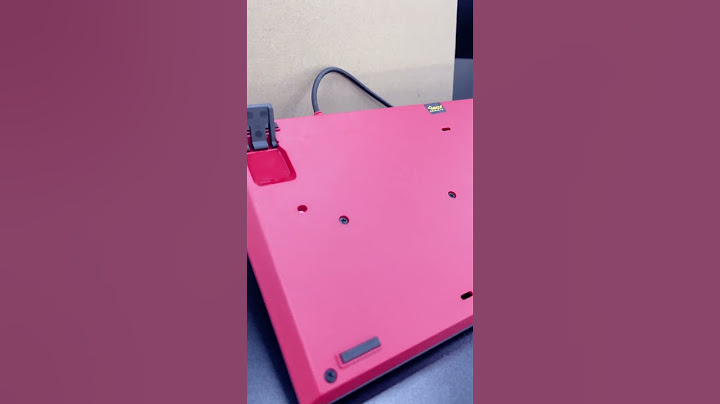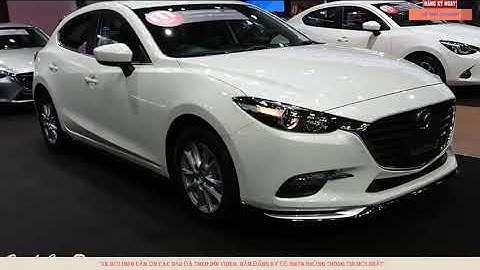 To test out the Nikon AF-S 28mm f/1.8G (B&H / Amazon), I met up with Anelisa in Brooklyn to try my hand at some environmental portraiture. With such a wide field-of-view, you inevitably have to include the background. I wanted to show the effect of the shallow depth-of-field of this lens, so I shot at f/1.8 or f/2.0 throughout. When you use a fast (i.e., wide aperture) wide-angle lens, and have sufficient distance between your subject and the background, that shallow depth of field can be used to great effect. It can be tricky though, since wide-angle lenses tend to show a lot of depth-of-field unless we’re specific in how we use them.  This fast prime lens from Nikon is said to deliver superb image quality. It has the renowned Nano Crystal Coat that Nikon uses to reduce ghosting and interior flare. It also has Super Integrated Coating to enhance light transmission and color consistency. The aspheric lens elements minimize coma and other lens aberrations.From the various images I shot, the lens is sharp! Wide-open though, the contrast is reduced, and you will have to adjust for that in post-processing. Nikon’s Silent Wave Motor (SWM) delivers fast and quiet autofocus. No complaints there. The lens responded fast in auto-focusing on my Nikon D4 camera. This lens has 7 rounded blades of the lens diaphragm which is intended to smoothly render the out-of-focus areas. In other words, the bokeh is good, according to the literature. To my eye though, the backgrounds could look a little “jittery” and harsh, dependent on the background. By the way, shallow depth-of-field is not the same thing as bokeh. (Just in case you are under that impression.) All the images shown here were shot without additional light. Just the available light. 
The pick of a sequence of images I shot here. I love how the wind picked up her hair at this moment, with the setting sun adding just a touch of rim-light. 
With a sequence of photographs here with the sun directly in the frame, I wanted to check how well the lens handles flare – and it controls flare very well. The image doesn’t wash out easily. Regarding the bokeh of the lens, if you click through to the larger image, you can see the out-of-focus trees on the bottom right-hand side, has a “jittery” or wiry look to them. That’s a sign the bokeh of the lens can be harsh, and not as smooth as would be ideal. 
The test shots I did of the lens to see how well the edge-to-edge sharpness is (excellent, by the way), and how the distortion appears (minimal, by the way), just isn’t as interesting as a colorful image. So here it is. But really, the lens is crisply sharp. 
I really liked the way the light reflected off the paving in this area under the Manhattan Bridge Overpass, and I positioned Anelisa into this light. Regarding the bokeh of the lens, have a look at how it renders the out-of-focus tree on the left-hand side. (Click through to the larger image.) Again, the depth-of-field is shallow, but the bokeh isn’t entirely smooth. 
This was a grabshot as we were waiting for something to eat at a coffee-shop in Brooklyn. As an aside, I have to reveal that Anelisa is actually a geek – the Android phone in her hand is the R2D2 model, and it squeaks and bleeps when it rings! 
SummaryThis lens is superb! It is sharp, and an affordable entry into the realm of fast wide-angle lenses for the Nikon shooter. What is a 28 lens good for?28mm gives you more depth in your street photography One of the biggest benefits of shooting with a 28mm lens is that you get more depth of field. Meaning, more of your photos are sharp and in-focus. I think bokeh (shooting wide-open, having the blurry background) is one of the most overrated things in photography. What is the best Nikon F 28mm lens?Overall, the Nikkor 28mm f/1.8G provides the best results of these three in all lens performance tests. The Nikon AF-S Nikkor 28mm f/1.8G is a highly competitive lens. It is very well priced for the quality it offers and for a prime wide-angle lens the optical performance is, quite simply, staggering. |




















